Pseudo-Roestraten or Pseudo-Roestraeten is the adornment given to an artist or artists to whom a number of vanitas still lifes are attributed, probably created between 1675 and 1725. The name was given because the artist's works bear some resemblance to those of the Dutch painter Pieter Gerritsz van Roestraten. Recurring elements in the paintings are arrangements of books, documents, and precious objects with vanitas significance displayed on oriental rugs. The artist or artists may have been of German or Scandinavian origin. Many of the works by the anonymous artist are or were held in English collections, suggesting that the artist worked for some time in England. The works attributed to the Pseudo-Roestraten generally depict all sorts of objects on a table or ledge, covered with a red oriental rug. These objects are the typical symbols found in so-called vanitas still lifes.
Literature: Various art lexicons; Pieter Gerritsz. van Roestraeten, A Vanitas c.1666-1700 at the Royal Collection Trust; Pieter Gerritsz. van Roestraeten, Porringer and Nautilus Cup at the Victoria and Albert Museum; https://en.wikipedia.org/wiki/Pieter_Gerritsz_van_Roestraten .
Inscriptions: Unsigned.
Medium: Oil on canvas, late antique gilt frame.
Dimensions: Unframed 41 3/4" x 34 1/4" (106 x 87 cm), framed 49 5/8" x 41 1/8" (126 x 107 cm).
Condition: Good, old relining of the original canvas, no major alterations.



























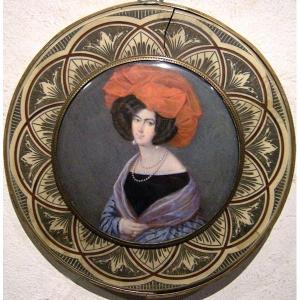
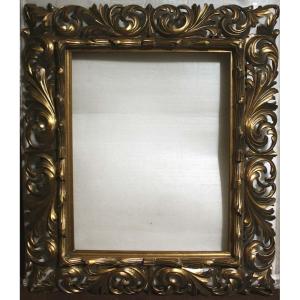
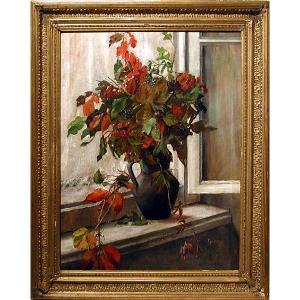
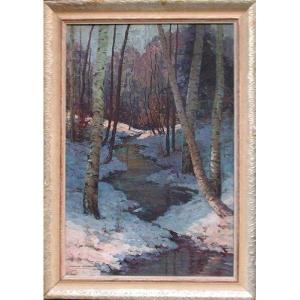




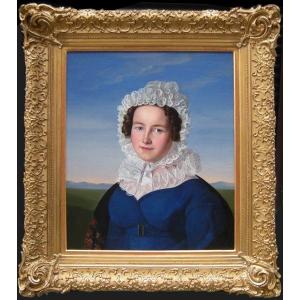
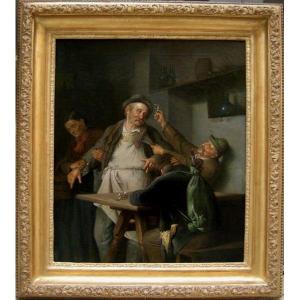
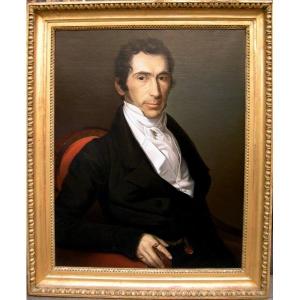
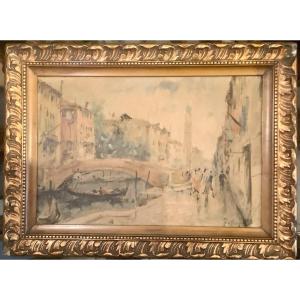

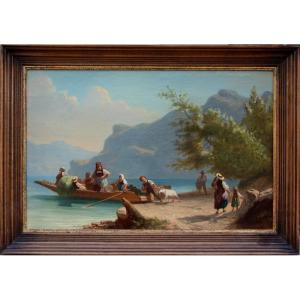




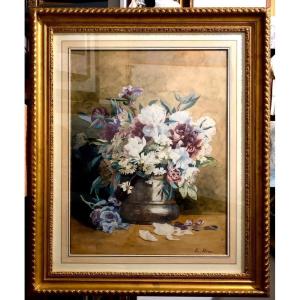




 Le Magazine de PROANTIC
Le Magazine de PROANTIC TRÉSORS Magazine
TRÉSORS Magazine Rivista Artiquariato
Rivista Artiquariato